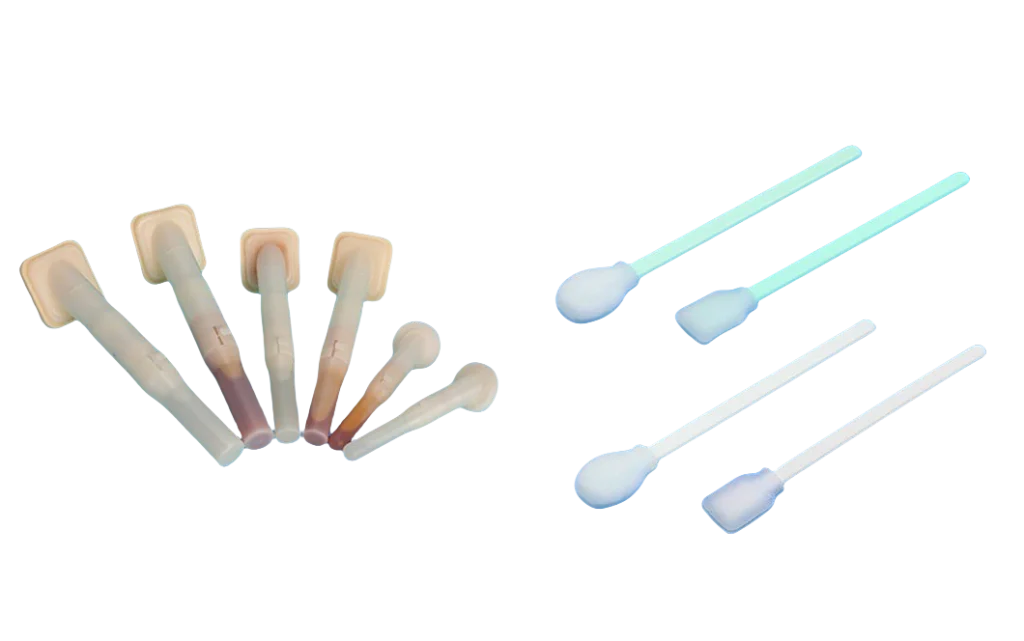Submit form and download the PDF
How Do CHG Antiseptic Swabs Work? Chlorhexidine Disinfection Mechanism & Uses

How CHG Antiseptic Swabs Kill Bacteria
CHG (Chlorhexidine Gluconate) swabs disinfect through the antimicrobial action of chlorhexidine, a broad-spectrum antiseptic. Here’s how they work:
- Mechanism of Action
◦ Destroys Cell Membranes:
Chlorhexidine’s positively charged molecules bind to negatively charged bacterial/viral membranes, rupturing them and causing cell death.
◦ Inactivates Enzymes:
At high concentrations, it penetrates microbes and disrupts vital enzymes (e.g., ATPase), enhancing bactericidal effects.
◦ Long-Lasting Barrier:
Leaves a residual antimicrobial film on skin/objects, preventing regrowth for hours. - Common Uses
◦ Pre-surgical skin prep (often combined with alcohol for faster action).
◦ Wound cleaning (effective against Gram-positive bacteria, some fungi/viruses).
◦ Medical device disinfection (low-risk surfaces). - CHG vs. Other Disinfectants
Agent
Pros
Cons
CHG
Long-lasting, gentle on skin
Slow against viruses/spores
Alcohol
Rapid kill (viruses/bacteria)
Dries skin, no residual effect
Iodine
Broad-spectrum
Stains skin, may irritate - Key Precautions
◦ Avoid eyes/mucous membranes (can cause irritation).
◦ Not for deep wounds or internal use.
◦ Test for allergies (rare hypersensitivity reactions). - Storage & Efficacy
◦ Store sealed at room temperature.
◦ Discard if swabs dry out or expire.
For medical professionals: CHG-alcohol combinations (e.g., 2% CHG + 70% isopropanol) maximize rapid and sustained disinfection.
 A professional supplier of swabs
A professional supplier of swabs
